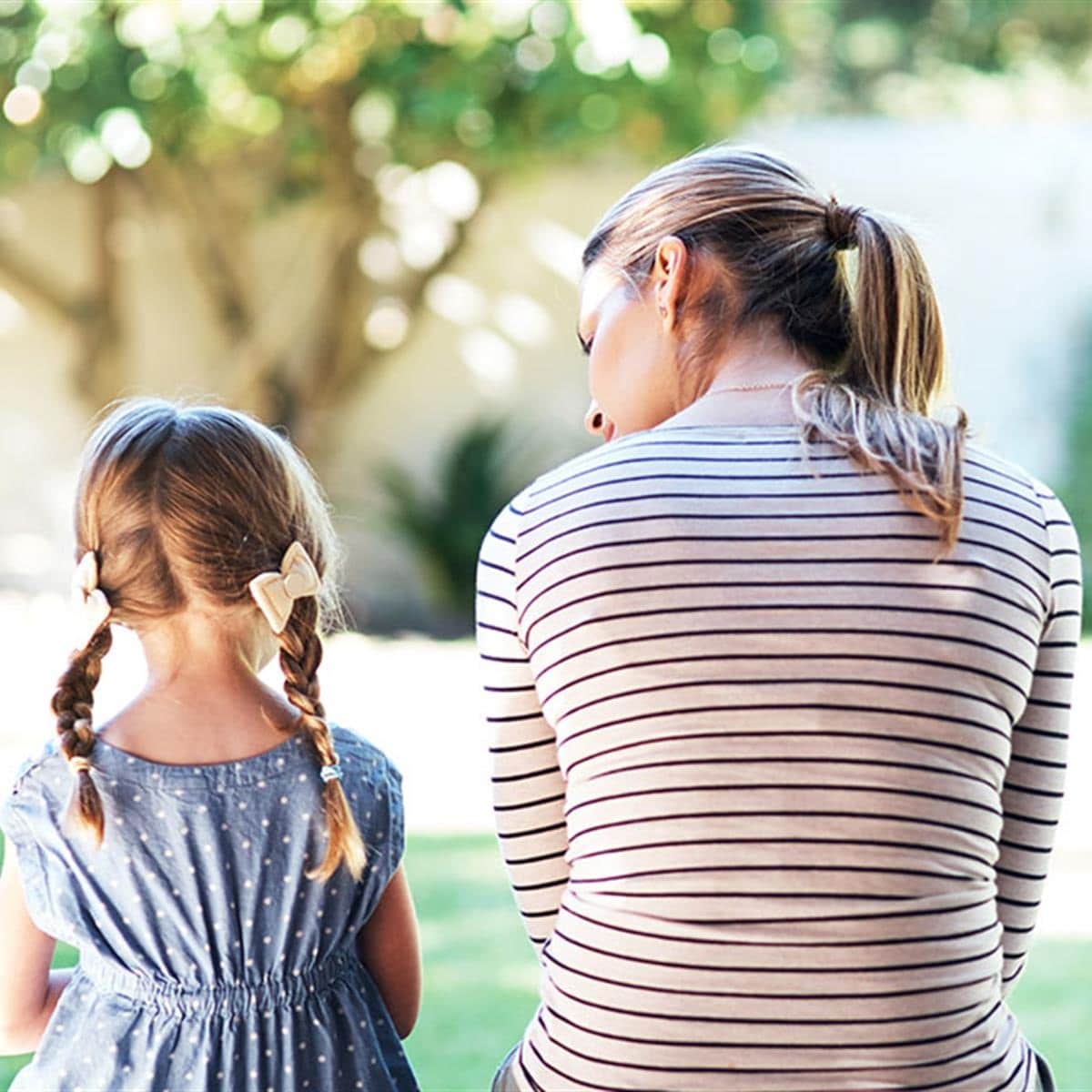
Death is inherent to life, it is the only certainty we have. Explaining death to a child poses a challenge because we must adapt the explanation to her cognitive and emotional abilities.
It is important to communicate the news as soon as possible, with transparency and without lies. Next we show you how to explain death to a child naturally and we offer you resources to better understand childhood grief.
How do you explain death to a child naturally?
Children view life as something almost eternal and tend to see death as something alien to their environment. Adults often find it difficult to explain death to a child and often avoid the subject or even lie, a mistake we should avoid. Child psychologists recommend addressing this matter by always going with the truth ahead and without delay.
lying is the last thing to do because it will break the trust that the child places in his parents, figures that they contemplate as a role model. Let's avoid euphemisms and just tell the truth what happened sensitively and according to their abilities.
It is important to take into account the age of the child
To explain death to a child, it is very important to take their age into account, adapting to the capacities of the vital moment in which they are located:
- Babies and young children (0 and 2 years) They do not understand death but can be aware of the feelings their caregivers experience. It is important that the adult is aware of his own feelings and allows himself to go through the duel, because in this way they will be able to transmit their balance to the child. It is advisable keep routines and physical contact with children to provide the comfort they need.
- Between the 2 and 6 years children issue a number of questions about their environment and we must be prepared to answer your questions as clearly as possible. If her son asks him when that relative who died will return, where he has gone, etc., he should not answer with euphemisms such as "he went on a trip", that will only confuse the minor. We must be clear and concise explaining that this person "has passed away and that means we won't be able to see them anymore." They must understand that death is an irreversible event.
- Between 6 to 10 years reasoning ability is greater and some may show interest in attending funerals. It will be good to allow it as long as we have explained to them in advance what it will consist of and always accompanying them and clearly answering any questions that may arise.
- In preadolescence (10 to 13 years) we can offer more elaborate explanations. In addition, at this time we will represent for them an example of how to go through a duel, thus offering them the great value of acceptance of pain for losses in life.
Understanding childhood grief

Children -just like adults- will have to go through different phases of mourning for the loss of a loved one. At this time we must be very patient and empathetic with them, supporting them in everything they need.
The boy will go through wide variety of emotions in a very short time. Protests, tantrums, fears, insomnia, crying, questions and finally return to normality are frequent. Each child is different and will have their own journey in this process. Let's observe its evolution and if the symptoms do not reverse, we go to a specialist.
Back to the routine
After the death of the loved one it will be important to continue with the daily routines since this provides a safe environment to the minor that makes it easier to go through grief in a more natural and friendly way.
It is also recommended that the people who deal with them on a daily basis, such as teachers or caregivers, are aware of the loss, thus we will establish a channel of communication stable to follow the evolution of the minor.
Lean on stories as a psycho-pedagogical resource
Stories are a very useful tool to explain death to a child since in them we find a number of resources that make it easy to understand: Illustrations and examples that help put words to complex thoughts and feelings that children do not understand. In this way we will get them to assimilate the loss in a kinder way as well as add value to your education.

We have seen how to explain death to a child naturally It is a task of some complexity due to the challenge that it entails, but at the same time it is an opportunity for the growth of the infant. And let us remember that transparency and sincerity will always be the best way to explain death to a child.